Officials clear controlled sale and bursting under Supreme Court norms; QR-code checks and air-quality triggers in place
Gurugram, October 17, 2025 — In a late-evening revision of its festive guidelines, the Gurugram district administration announced that only NEERI-certified “green crackers” may be sold and burst for Diwali between October 18 and 20, reversing an earlier blanket ban. The move attempts to balance cultural celebration with environmental caution as winter’s stagnant air threatens another smog-laden fortnight.
Deputy Commissioner Nishant Yadav confirmed that crackers cleared by the National Environmental Engineering Research Institute (NEERI) will be permitted within fixed time windows, while conventional barium-laden or string firecrackers remain strictly prohibited. Online or e-commerce sales have been banned altogether to curb inflows of unverified stock. Enforcement squads, accompanied by the Haryana State Pollution Control Board (HSPCB), will conduct spot checks and scan QR codes embedded on packets to ensure authenticity.
The decision follows Supreme Court directives that mandate limited, low-emission celebrations nationwide. Officials insist Gurugram’s shift is “not a rollback, but a calibrated allowance”—a bid to keep festivities alive without choking skies.
I. Context: From blanket bans to calibrated breathing room
The earlier ban
Just a week ago, Gurugram—like Delhi—had announced a comprehensive restriction on all firecrackers, citing deteriorating air quality and the onset of Stage-1 of the Graded Response Action Plan (GRAP). Traders were warned against stocking or selling any pyrotechnics, and residents braced for a silent Diwali.
Pressure and petitions
As festival week neared, market associations, resident groups, and even some RWAs petitioned for “controlled permission.” Their argument: outright prohibition had led to black-market sales and untraceable smuggled stock, making enforcement impossible. Instead, they urged the district to follow the Supreme Court’s 2018 and 2023 rulings—allowing “green crackers” within prescribed windows.
After consultations with the Pollution Control Board and local police, the district reconsidered, citing both legal precedent and public sentiment. Hence Thursday’s “structured relaxation.”
II. What exactly are ‘green crackers’?
Defined by NEERI
“Green crackers” are formulations developed by scientists at NEERI (CSIR) in collaboration with licensed manufacturers. They omit barium nitrate and heavy metals, replacing them with cleaner oxidizers that cut particulate and gaseous emissions by 30–40 percent.
Each approved unit carries a QR code linking to NEERI’s database, verifying its certification. Consumers can scan via mobile apps to confirm authenticity before purchase or use.
Types permitted
- Sakhi (sound-limited crackers)
- Swastik (reduced smoke flowerpots)
- Aastha (less-emission sparklers)
All must meet decibel and emission norms laid out by NEERI and PESO (Explosives Safety Organisation). Crackers with flash powder or high-noise “series bombs” remain banned.
Enforcement difficulty
Experts caution that genuine and counterfeit packets often look similar. “Even certified units can turn non-compliant if handled or mixed poorly,” said an HSPCB official. QR-code verification at point of sale is therefore critical—but manpower-heavy.
III. Legal framework and Supreme Court directives
The Supreme Court’s judgments in 2018 (Arjun Gopal v. Union of India) and 2023 clarified that:
- Only NEERI-certified green crackers may be sold.
- States can impose stricter rules based on local air quality.
- Sale through e-commerce portals like Amazon or Flipkart is banned.
- Police must ensure time-window compliance—usually 8–10 PM for Diwali, 6–8 AM for Chhath, and 11:55 PM–12:30 AM for Christmas/New Year.
Violations invite prosecution under the Explosives Act, the Air (Prevention and Control of Pollution) Act 1981, and relevant Criminal Procedure Code sections.
IV. The Gurugram order: key highlights
| Clause | Directive |
| Sale window | Oct 18–20 only, 10 AM–8 PM; licensed counters in designated markets |
| Bursting hours | 8 PM–10 PM on Diwali Eve/Day (Oct 19–20) |
| Product scope | NEERI-certified green crackers; no barium or joined strings |
| Verification | Mandatory QR-code scan by sellers & enforcement teams |
| Platforms | Only physical, licensed shops; no online sales |
| Penalty | FIR + seizure under Explosives Act; cancellation of license |
| Oversight | Joint teams—Police + HSPCB + District Administration |
District officials have directed station house officers to station patrol vans across known hotspots (Sadar Bazaar, Palam Vihar, Sector 29, Sohna Road). Crackdowns on illegal storage units in Khandsa and Badshahpur are also under way.
V. Enforcement playbook
1. QR-code verification drive
Every legal packet must display the green QR label. Teams will scan codes using NEERI’s mobile app “CSIR NEERI Green Crackers.” Random inspections at stalls aim to deter counterfeit circulation.
2. Air-quality monitoring triggers
Real-time AQI readings from Gurugram, Vikas Sadan, and Teri Gram stations will guide enforcement. If PM₂.₅ surges beyond 300 µg/m³, authorities may re-impose suspension under GRAP Stage-2.
3. Police & civic patrols
More than 45 enforcement squads will monitor night-time bursting limits. Drones will track large gatherings; loud-sound crackers trigger immediate seizure.
4. Citizen reporting
The “Haryana One” mobile app allows residents to upload photos or videos of violations, enabling geo-tagged response within minutes.
VI. Environmental science behind the caution
Even green crackers emit carbon dioxide, sulfur dioxide, and particulate matter, though at reduced rates. When thousands ignite simultaneously under stagnant wind, the cumulative spike can push AQI from “moderate” to “severe” overnight.
Dr. Rakesh Kumar (NEERI Former Director) notes:
“Green crackers are an improvement, not a solution. The real benefit comes when usage volume drops and dispersion conditions are favourable.”
Meteorological forecasts for October 18–20 predict low wind velocity (~5 km/h) and temperature inversion, classic smog-forming conditions. Thus even limited use could raise PM₂.₅ levels by 50–80 points if unchecked.
VII. Public sentiment and trader response
Traders
Licensed sellers welcomed the partial reprieve. “We’ve stocked NEERI products since August but feared losses under the blanket ban,” said Rajesh Khatri, a trader at Sadar Bazaar. “Now at least there’s clarity. We’ll display QR codes prominently.”
Residents & RWAs
Several housing societies appreciated the “structured permission.” Others fear lax policing will nullify the benefit.
RWA coordinator Meenakshi Batra said,
“Allowing limited crackers is fine, but enforcement must be visible. Last year, illegal strings filled the sky past midnight.”
Environmentalists
Groups like Haryali Trust warn that even 30 percent cleaner variants can double nighttime PM₂.₅ if usage density is high. They advocate a community fireworks zone model—designated open grounds, supervised and time-bound.
VIII. Governance challenges
- Verification at scale – QR scanning for every packet requires manpower; with ~300 licensed sellers, inspection teams may stretch thin.
- Inter-district consistency – Adjacent districts (Faridabad, Palwal) have differing orders, causing confusion and spillover sales.
- Public discipline – Policing individual households at night is unrealistic; awareness must fill the gap.
- Meteorological unpredictability – If wind dies down or humidity spikes, even small emissions linger, prompting sudden emergency bans.
The administration acknowledges these variables but hopes real-time data dashboards will guide “dynamic restriction.”
IX. Health & safety implications
Doctors reiterate that fireworks—green or not—trigger short-term spikes in respiratory cases.
Dr. Neha Rathi (Fortis Gurugram) notes:
“Every Diwali, ER admissions rise 20–25%. Children and elderly bear the brunt. We advise limiting exposure, using masks, and closing windows during peak hours.”
The fire department has also issued safety advisories: keep sand buckets and water nearby, avoid terraces with loose wiring, and never light crackers in plastic bins or near parked vehicles.
X. Regional comparison
| City | Status | Policy |
| Delhi | Blanket ban (no crackers of any kind) | Stage-2 GRAP triggered; no relaxation |
| Noida (Gautam Budh Nagar) | Green crackers allowed, strict time window | 8–10 PM, Oct 18–20 |
| Faridabad | Yet to notify; likely to mirror Gurugram | Awaiting district order |
| Chandigarh | Green crackers permitted 8–10 PM Diwali | Same as SC guidelines |
The patchwork underscores India’s federal complexity—same metro region, different rules.
XI. The economics of compliance
Haryana’s licensed firecracker dealers dropped from 312 (2020) to 104 (2024) due to repeated bans. For small traders, Diwali accounts for 80% of annual revenue.
However, NEERI certification adds costs: testing fees, QR printing, compliance audits. Many micro-manufacturers have exited, leaving Tamil Nadu’s Sivakasi cluster as the primary supplier.
Local authorities argue that the long-term transition toward low-emission products will stabilize both markets and air quality.
XII. Expert recommendations
- Centralized procurement – Districts could bulk-source certified crackers via HSPCB to curb counterfeit trade.
- Community celebration zones – Shared fireworks sites reduce dispersion density in residential pockets.
- Public dashboard – Real-time display of AQI before/after festival can foster accountability.
- Penalties that sting – Graduated fines (₹5,000–₹25,000) and public naming for violators.
- Citizen incentive drives – Reward colonies reporting zero violations with “Green Diwali Awards.”
XIII. The road ahead
Officials reiterate that Gurugram’s relaxation is conditional: if AQI crosses 300 for 24 hours, the permission lapses automatically. Weather models and satellite fire counts over Punjab-Haryana belt will guide further decisions.
Deputy Commissioner Yadav summarized:
“We’re trusting citizens with responsibility. Celebrate, but consciously. Enforcement will be strict if that trust is breached.”
Environmental groups plan post-Diwali particulate audits to assess whether the “green” approach mitigated pollution peaks.
XIV. Broader reflection: balancing faith, festivity & future
Every October, NCR stands at the intersection of tradition and survival. The sight of children lighting sparklers contrasts sharply with hospitals prepping inhalers. The “green cracker” compromise symbolizes a transitional ethics—acknowledging joy but quantifying damage.
Whether it succeeds depends less on QR codes and more on collective maturity.
If this Diwali’s skies over Gurugram glow briefly without turning grey the next morning, it might just prove that environmental discipline can coexist with celebration.
#Gurugram #GreenCrackers #Diwali #AirQuality #Haryana #Environment #Pollution #NCR #CleanAir

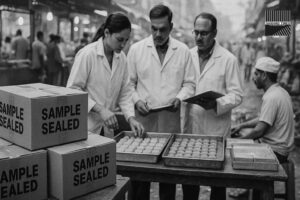
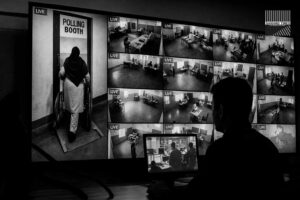
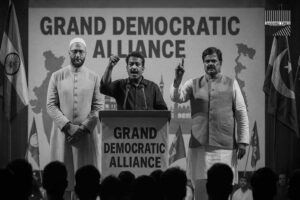

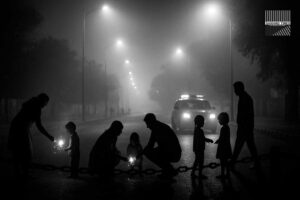
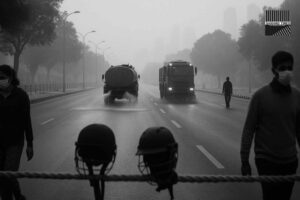

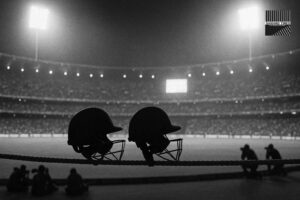


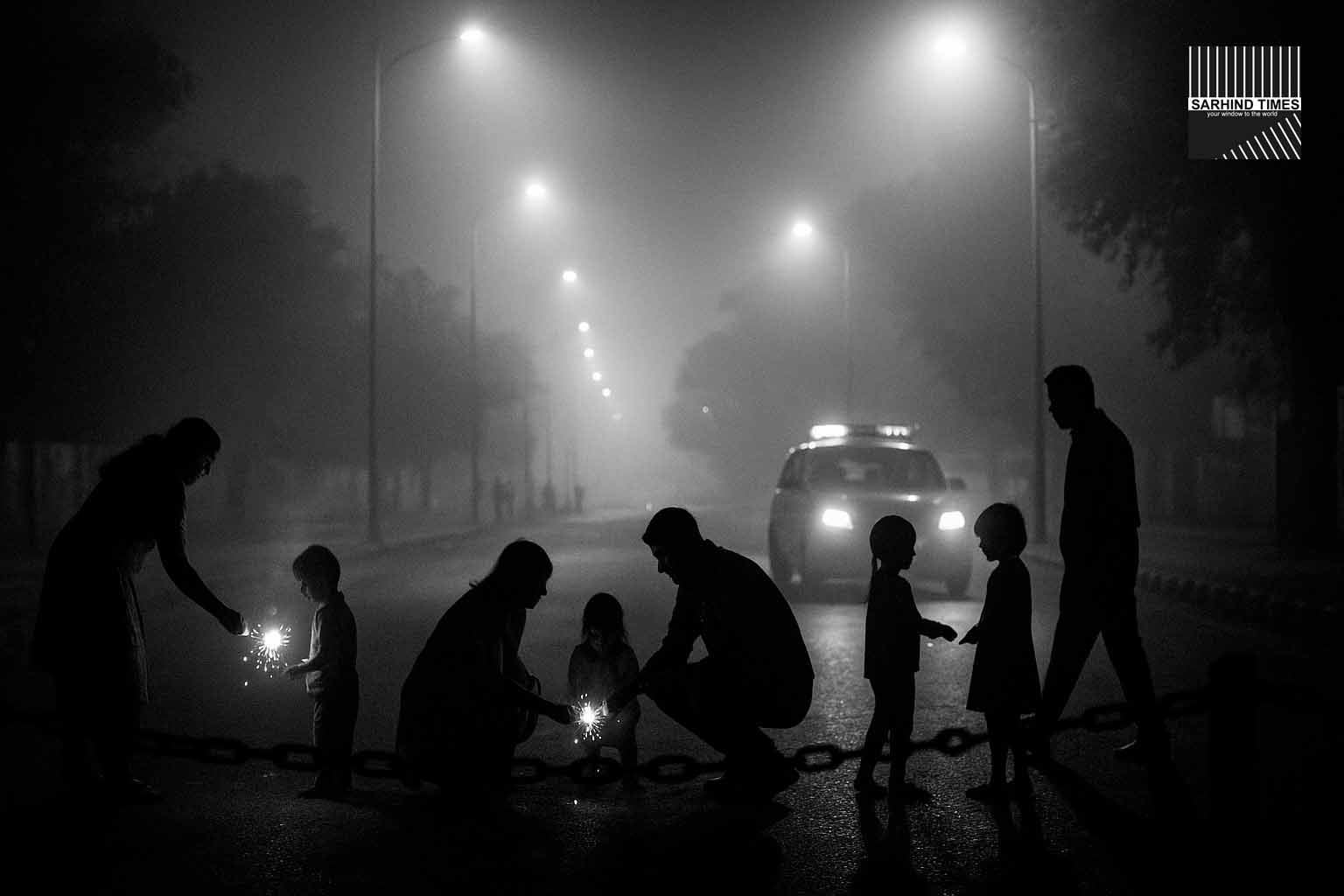
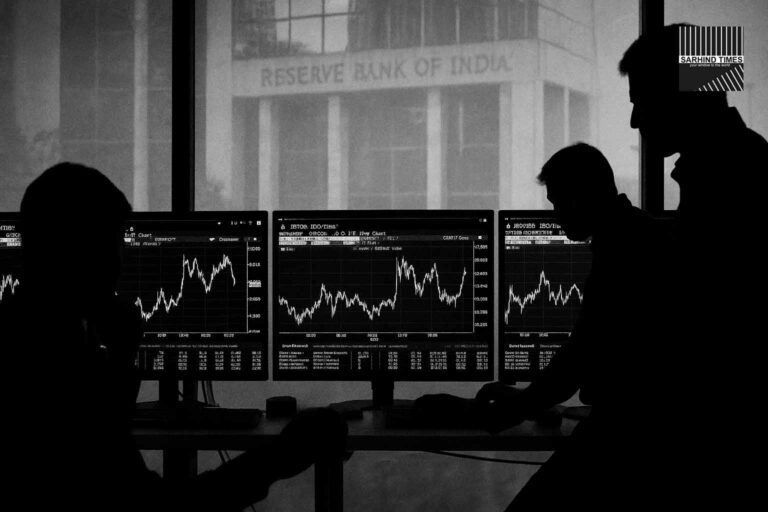
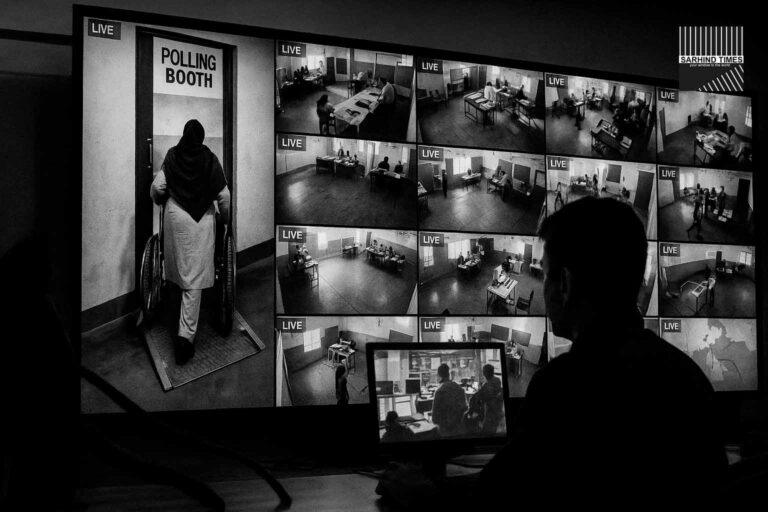
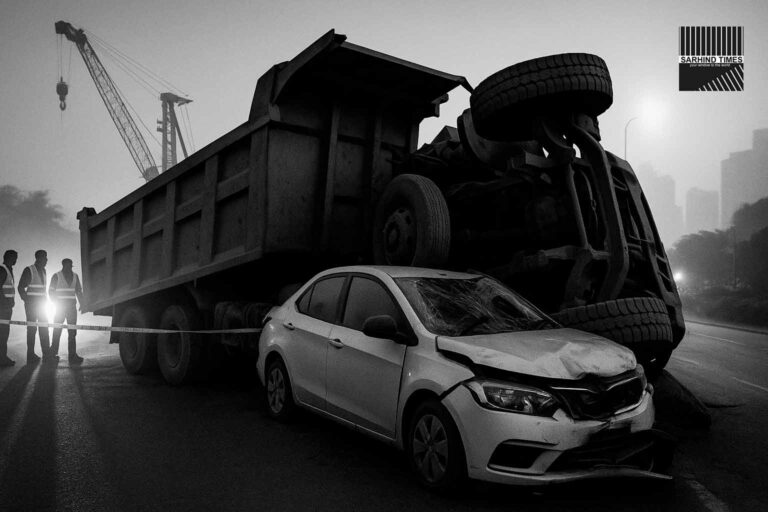
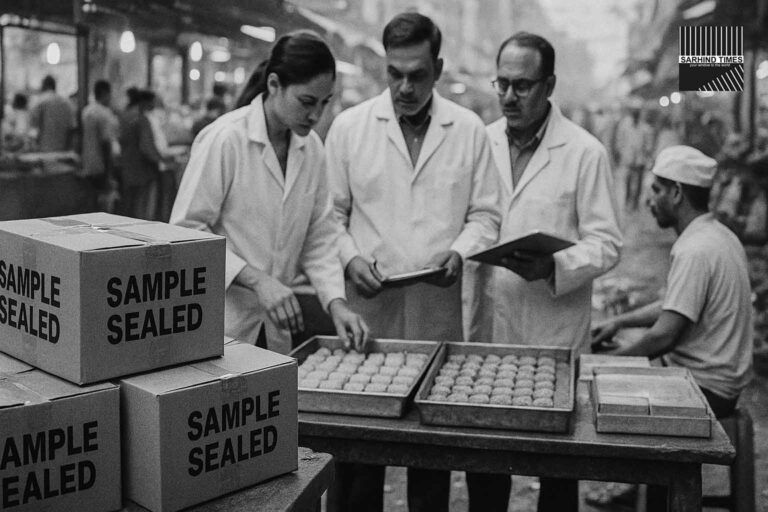
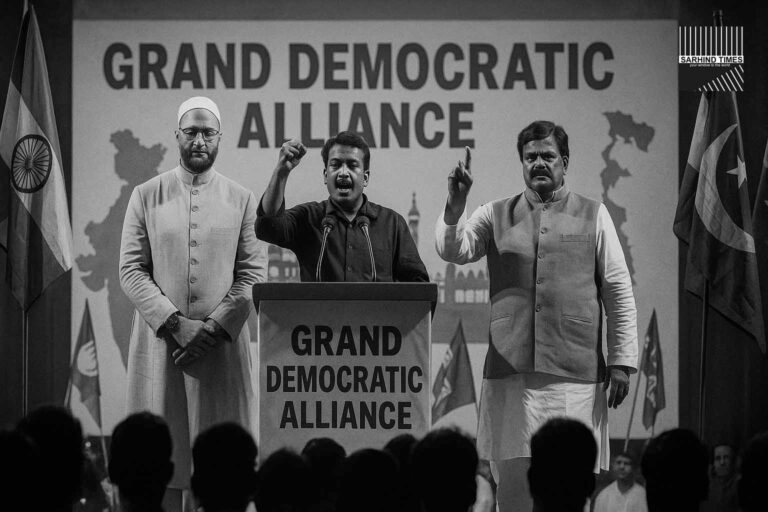
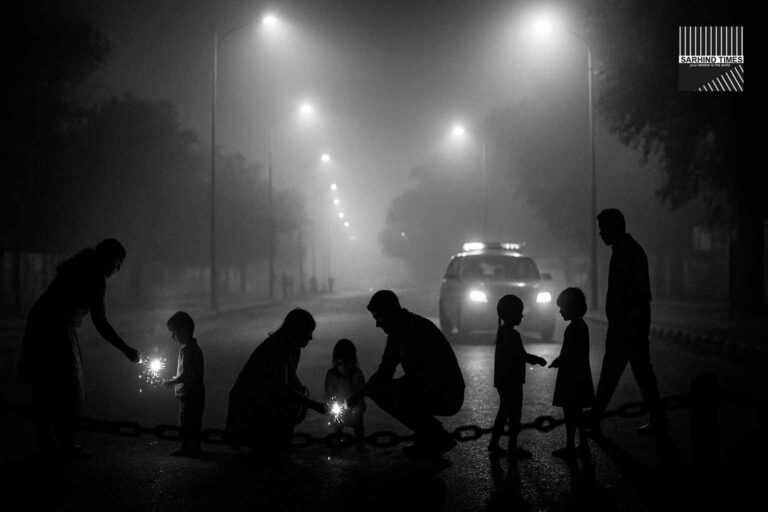
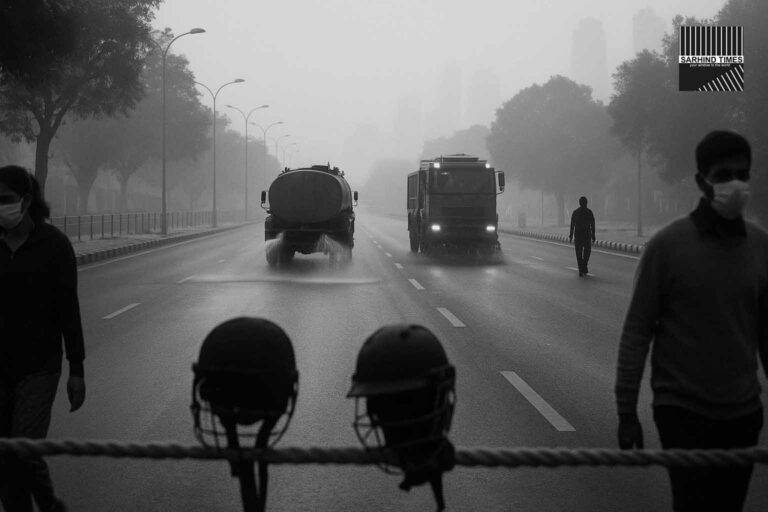

+ There are no comments
Add yours